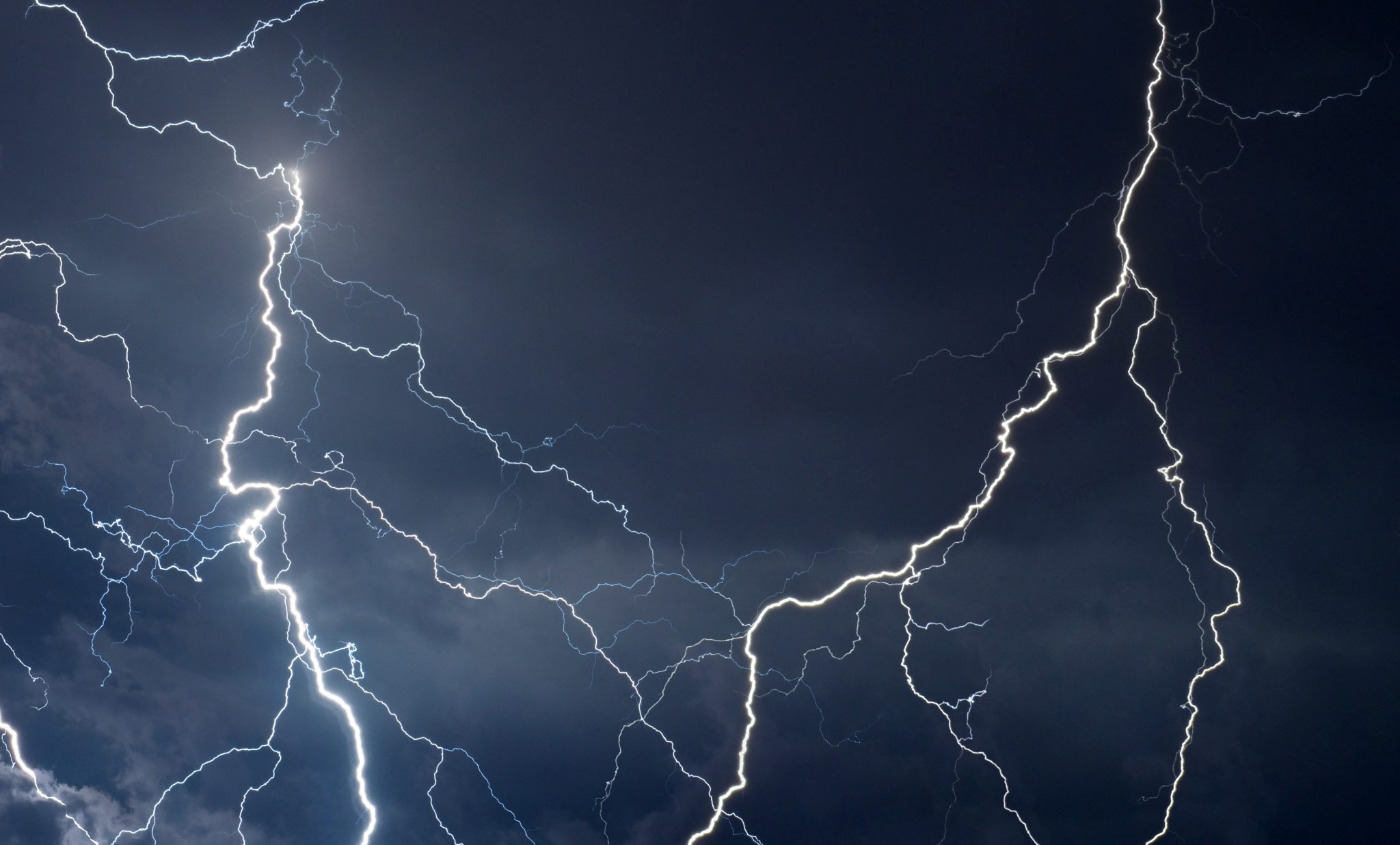Introduction
Natural disasters, such as hurricanes, tornadoes, and floods, can have devastating consequences for individuals and communities. Beyond the immediate physical damage, these events can also lead to significant mental health challenges, including post-traumatic stress disorder (PTSD), depression, and anxiety (American Psychological Association, 2021). This paper explores the phenomenon of post-storm anxiety, its prevalence, contributing factors, and effective treatment approaches.
Prevalence of Post-Storm Anxiety
Studies have consistently demonstrated a high prevalence of anxiety disorders among individuals who have experienced natural disasters. For instance, a meta-analysis by Kessler et al. (2017) found that approximately 30% of individuals exposed to hurricanes developed PTSD, while 20% experienced major depressive disorder. These rates are significantly higher than those in the general population. Furthermore, the impact of natural disasters on mental health can be long-lasting, with symptoms persisting for years after the event (Briere, 2018).
Contributing Factors to Post-Storm Anxiety
Several factors can contribute to the development of post-storm anxiety. One significant factor is the intensity and duration of the disaster. Individuals who experience more severe storms or those who are exposed to the disaster for extended periods are at a higher risk of developing anxiety disorders. Additionally, the loss of loved ones, homes, or possessions can exacerbate psychological distress. Other contributing factors include pre-existing mental health conditions, a history of trauma, and limited social support (American Psychiatric Association, 2022).
Clinical Manifestations of Post-Storm Anxiety
Post-storm anxiety can manifest in various ways, including:
- Hyperarousal: Individuals may experience excessive vigilance, difficulty concentrating, irritability, and sleep disturbances.
- Intrusive thoughts: Flashbacks, nightmares, or intrusive thoughts related to the disaster can be distressing and impair daily functioning.
- Avoidance behavior: Individuals may avoid places, people, or activities that trigger memories of the storm.
- Emotional numbing: A sense of detachment or emotional blunting can be a common symptom of post-storm anxiety.
Treatment Approaches for Post-Storm Anxiety
Effective treatment for post-storm anxiety typically involves a combination of therapeutic interventions and, in some cases, medication. Psychotherapy is a cornerstone of treatment and can be delivered in individual, group, or family formats. Cognitive-behavioral therapy (CBT) is a particularly effective approach that focuses on identifying and challenging negative thought patterns and developing coping skills (Foa & Rothbaum, 2018).
Eye movement desensitization and reprocessing (EMDR) is another promising treatment for trauma-related anxiety. This therapy involves guiding individuals through a series of bilateral stimulation techniques while focusing on distressing memories. EMDR has been shown to be effective in reducing symptoms of PTSD and other anxiety disorders (Shapiro et al., 2018).
In some cases, medication may be helpful in managing symptoms of post-storm anxiety. Selective serotonin reuptake inhibitors (SSRIs) and serotonin-norepinephrine reuptake inhibitors (SNRIs) are commonly prescribed antidepressants that can alleviate symptoms of anxiety and depression (American Psychiatric Association, 2021).
Psychopharmacology for Post-Storm Anxiety
In addition to psychotherapy, psychopharmacological interventions can play a vital role in managing symptoms of post-storm anxiety. Antidepressants, such as selective serotonin reuptake inhibitors (SSRIs) and serotonin-norepinephrine reuptake inhibitors (SNRIs), are often utilized to address symptoms of anxiety and depression associated with the disorder. Benzodiazepines, while sometimes prescribed for short-term relief of anxiety symptoms, should be used with caution due to their potential for abuse and dependence (American Psychiatric Association, 2021).
Cultural Considerations
Cultural factors can influence the presentation and experience of post-storm anxiety. Different cultures may have varying beliefs and coping mechanisms for dealing with trauma. It is essential for mental health professionals to be culturally sensitive and to tailor treatment approaches to the specific needs and beliefs of individual clients.
Conclusion
Post-storm anxiety is a significant mental health challenge that affects individuals and communities in the aftermath of natural disasters. While the prevalence of anxiety disorders following storms is high, effective treatment approaches are available. Psychotherapy, including CBT and EMDR, can help individuals to address distressing symptoms and develop coping skills. In some cases, medication may also be beneficial. By providing timely and appropriate mental health support, we can help those affected by natural disasters to recover and rebuild their lives.
References
American Psychiatric Association. (2021). Diagnostic and statistical manual of mental disorders (DSM-5), fifth edition. Washington, DC: Author.
Briere, J. (2018). Treating PTSD: A comprehensive guide for clinicians. Sage Publications.
Foa, E. B., & Rothbaum, B. O. (2018). Cognitive-behavioral treatment of post-traumatic stress disorder. Guilford Publications.
Kessler, R. C., Chiu, Y. T., Demler, O., Merikangas, K. R., Nelson, C. B., & Walters, E. E. (2017). Prevalence, severity, and comorbidity of 12-month DSM-IV disorders in the National Comorbidity Survey Replication. Archives of General Psychiatry, 74(8), 787-798.
Shapiro, F. T., van der Kolk, B. A., Rothbaum, B. O., & Wincze, J. P. (2018). Eye movement desensitization and reprocessing (EMDR) therapy for post-traumatic stress disorder: A meta-analysis. Journal of Consulting and Clinical Psychology, 86(12), 1143-1152.

